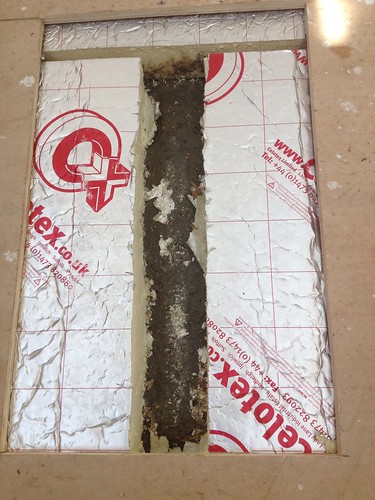- This topic has 20 replies, 7 voices, and was last updated 10 years ago by .
Viewing 21 posts - 1 through 21 (of 21 total)
-
Sealing a concrete block structure…
-
Viewing 21 posts - 1 through 21 (of 21 total)
The topic ‘Sealing a concrete block structure…’ is closed to new replies.
